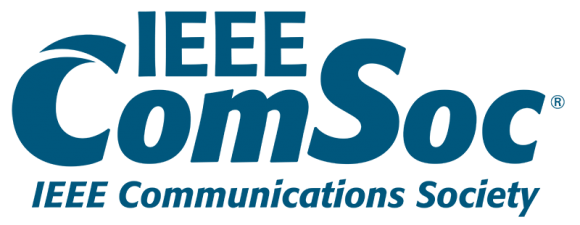Call For Papers: The 2nd Workshop on V2X and Advanced Safety Technologies for Next-Generation Driving Paradigms (V2XAS)
New paradigm shifts and vertical technological revolution in vehicular services have emerged toward unmanned driving, automated transportation, and connected and autonomous vehicles (CAV). In addition to equipping with advanced environmental sensing/reasoning apparatuses (e.g., HD cameras, 3D panorama videos, point-cloud scanners, or LiDAR scanners) to facilitate autonomous driving, next-generation driving vehicles will rely on mobile network infrastructures to achieve ubiquitous and prompt information exchanges. For example, all-optical indicators (such as turn signals and brake light on a vehicle, and traffic lights on intersections) may be replaced by wireless signals through device-to-device (D2D) transmissions. Vehicles may also exchange their perception data or maneuver plans with other cars or acquire information from remote cloud servers or road-site units (RSUs) through mobile networks. Aligning with this trend, 3GPP has released the service requirements with 28 use cases to sustain the next-generation vehicle-to-everything (V2X) applications in June 2018. These service requirements of V2X may include extremely high throughput (for 3D panorama videos or point-cloud data), low latency (maneuver data for platooning), high reliability (control signals for remote driving), aperiodic transmissions (for emergency trajectory alignment), and high connection density. Since August 2018, 3GPP has launched the normative works of New Radio (NR) V2X and enhanced ultra-reliable and low latency communication (eURLLC) in 3GPP Release 16. By December 2019, the 3GPP RAN Plenary meeting approved 24 new projects for 3GPP Release-17 with one primary focus of bringing sidelink capabilities from automotive to smartphones and public safety. Several new V2X and safety features will be introduced in both academic research and industrial practice, including modern system architecture of V2X (e.g., mobile edge computing, cloud/fog networks, 3GPP local area data network, network slicing, software-defined network, etc.), new radio access schemes (e.g., millimeter-wave access, sidelink transmissions, URLLC, massive connections), harmonization among various technologies (e.g., point-cloud compression, sidelink power and spectral efficiency optimizations, multi-view video and 3D vision, environmental perception/cognition, machine learning and artificial intelligent), and new designs for advanced security and privacy.
This workshop aims to bring together state-of-the-art innovations, research activities, and the corresponding standardization impacts of V2X and advanced safety for next-generation driving paradigm, to understand the inspirations, requirements, and the promising technical options to boost and enrich activities in the area. This workshop will also provide a forum for exchanging ideas and networking experts/researchers/ engineers/students in the emerging V2X field.
Topics of interest (include but not limited to)
- Machine learning, artificial intelligence, cognition, and optimization technologies for V2X and CAV
- Security and privacy-preserving issues and designs for V2X and CAV
- Mobile edge computing (MEC), cloud/fog networks, 3GPP local area data network (LADN), network slicing, software-defined network (SDN) for V2X and CAV
- New waveforms, non-orthogonal multiple access (NOMA), sidelink/D2D transmissions, massive/dense connections, full-duplex radios for V2X and CAV
- Sidelink transmission optimization, URLLC, tactile Internet, and advanced caching for V2X and CAV
- Signal processing, intelligent transportation systems (ITS), vehicle system safety and cybersecurity for V2X and CAV
- Point-cloud compression, multi-view video, and 3D panorama enabled technologies for V2X and CAV
- Standardizations, field-trials, prototypes, deployment, and performance evaluation of V2X and CAV




